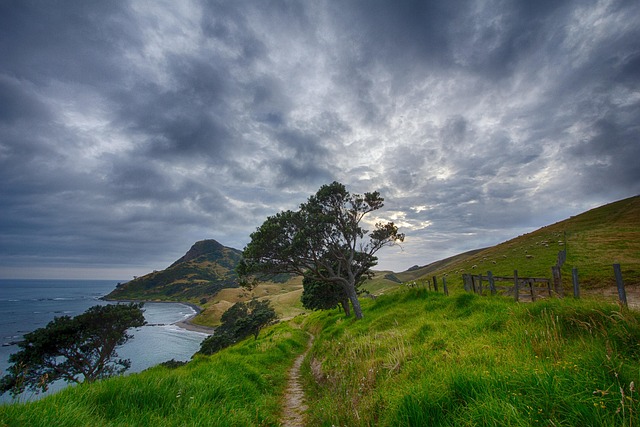In coastal regions, where harsh weather conditions and saltwater exposure pose unique challenges, selecting the right fencing material is paramount. This article explores the advantages of durable wooden fencing as a robust and aesthetically pleasing solution for your coastline property. We delve into the specific considerations of choosing the ideal wood species, along with expert tips on installation and maintenance to ensure longevity in even the most demanding environments.
- Understanding Coastal Fencing Challenges
- Benefits of Durable Wooden Fencing
- Choosing the Right Wood Species for Coastlines
- Installation and Maintenance Tips
Understanding Coastal Fencing Challenges
Coastal areas present unique challenges for fencing due to harsh weather conditions, including strong winds, heavy rainfall, and salt air. Traditional materials like wood can be susceptible to rot, mold, and pest damage in such environments. The constant exposure to moisture and salt accelerates the aging process of wooden structures, making them more prone to breaking down over time.
Additionally, coastal regions often experience extreme temperature fluctuations, from icy winters to scorching summers, which further contribute to material degradation. Durable wooden fencing for these areas needs to be not only robust against natural elements but also capable of withstanding rapid changes in climate. This calls for specialized treatments and finishes that protect the wood while preserving its aesthetic appeal and longevity.
Benefits of Durable Wooden Fencing
Durable wooden fencing offers an attractive and natural solution for coastal areas, combining aesthetics with functionality. One of its key advantages is its ability to withstand harsh weather conditions, from relentless wind and salt spray to extreme temperature fluctuations. This longevity is achieved through specialized treatments and high-quality wood species that are resistant to rot, decay, and insect damage—common challenges faced in coastal environments.
Additionally, wooden fences provide a sense of privacy and security for homeowners while seamlessly blending with the surrounding natural landscape. Their customizable designs allow for unique styles, from traditional picket fences to sleek, modern slats, enhancing curb appeal. Furthermore, compared to other materials, wood is often more cost-effective and easier to install and maintain, making it an appealing choice for those seeking a sustainable and visually appealing barrier.
Choosing the Right Wood Species for Coastlines
When selecting wood for coastal fencing, the choice of species is paramount. Softwoods like cedar and redwood are popular but may not be the best fit due to their inherent vulnerability to salt water and moisture. Instead, consider hardwoods known for their durability and resistance to decay, such as oak or teak. These options offer superior longevity even in harsh coastal environments.
Additionally, look for woods with a natural resistance to insects and fungi, which are common in coastal regions. Certain species have unique properties that make them ideal for outdoor applications, ensuring your fencing remains robust and attractive for years to come.
Installation and Maintenance Tips
When installing wooden fencing in coastal areas, it’s crucial to ensure proper drainage to prevent water damage. Digging shallow trenches and installing permeable membranes can help direct rainwater away from posts and boards, increasing longevity. Regular cleaning with mild soap and water is essential to remove salt buildup, which can weaken the wood over time.
Maintenance should include annual inspections for rot, splits, or warping. Treated wood requires less frequent care, but refinishing every few years with a water-repellent sealer will protect against harsh coastal conditions. Keep vegetation trimmed away from fences to prevent roots from causing structural damage and maintain the integrity of the barrier.
